Here’s what the Formal poetry form is:
A formal poem is a poem type that follows a strict rhyme or meter pattern.
Formal poems are also called metrical poems or metrical verses.
So if you want to learn all about the Formal poetry type, then you’ve come to the right place.
Keep reading!
- Schuttelreim Poetry Form: Be a Master in Rhymes
- Diminishing Verse Poetry Form: Spark Fun Verses
- Chant Poetry Form: Harness Your Inner Strength
- Occasional Poetry Form: Honor Life’s Milestones
- Rhymed Poetry Form: Master the Art of Harmony
- Metered Poetry Form: Paint Words With Precision
- Lyric Poetry Form: Sing Your Story
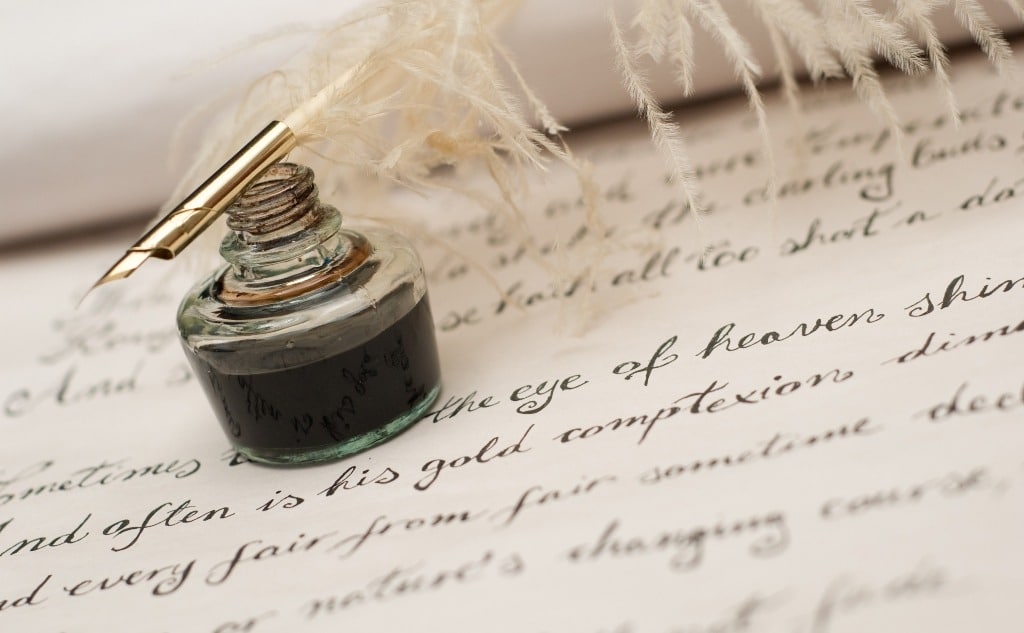
Types of Poetry: Formal Poetry
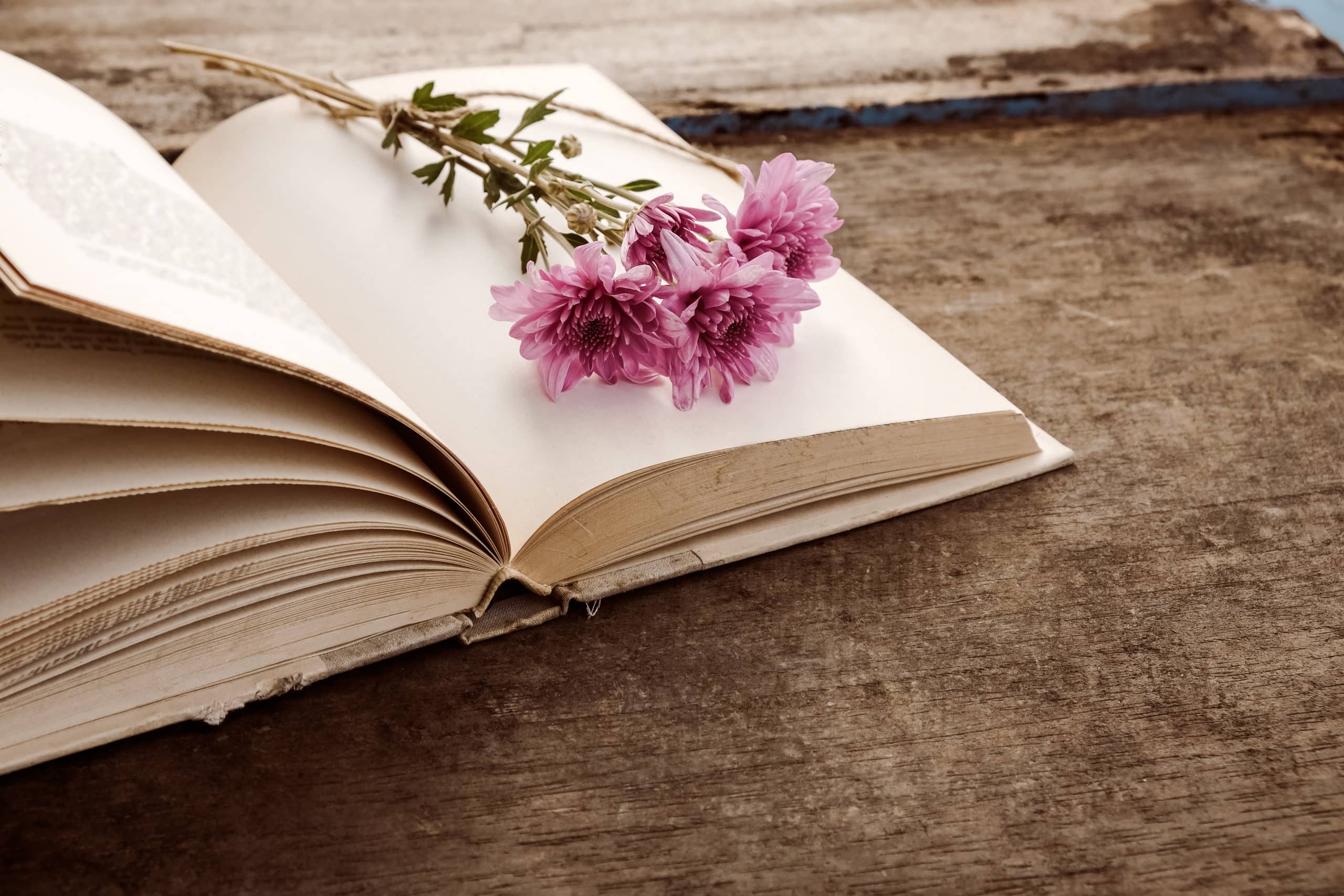
Formal poetry (or formal verse, if you prefer) is a blanket term describing a wide range of poems that have specific predefined forms, typically including both a set meter and a set rhyme scheme.
There is some minor contention regarding the definition among sources.
Some define a formal poem simply as poetry with a predefined form or structure of some kind.
Under this definition, haikus would count as formal poems despite having no rhyme scheme or meter.
Specifically, this version of the definition focuses on formal poetry as a result of tradition but it’s hard to objectively measure exactly which poems do and do not count under this definition.
Others define formal poetry as poetry that specifically features both rhyme and meter.
This definition would not include haikus but would include rhymed metrical poems that don’t fit into a pre-established tradition.
This is more quantifiable, but the mass inclusion of all rhymed metrical poems is somewhat problematic.
There is a body of poems that all scholars agree are formal poems.
If a poem has a pre-established form due to tradition and features both rhyme and meter then it is indisputably a formal poem by all definitions.
This includes many of the classics, such as sonnets, villanelles, sestinas, and many more.
This more complex definition will be the one we favor in this article, but feel free to start a discussion about how you believe formal poetry is best defined.
Basic Properties of Formal Poetry

| Rhyme Structure | Strict |
| Meter | Syllabic |
| Origin | Unknown |
| Popularity | Scattered |
| Theme | Varies |
Quick Refresher on Meter and Rhyme
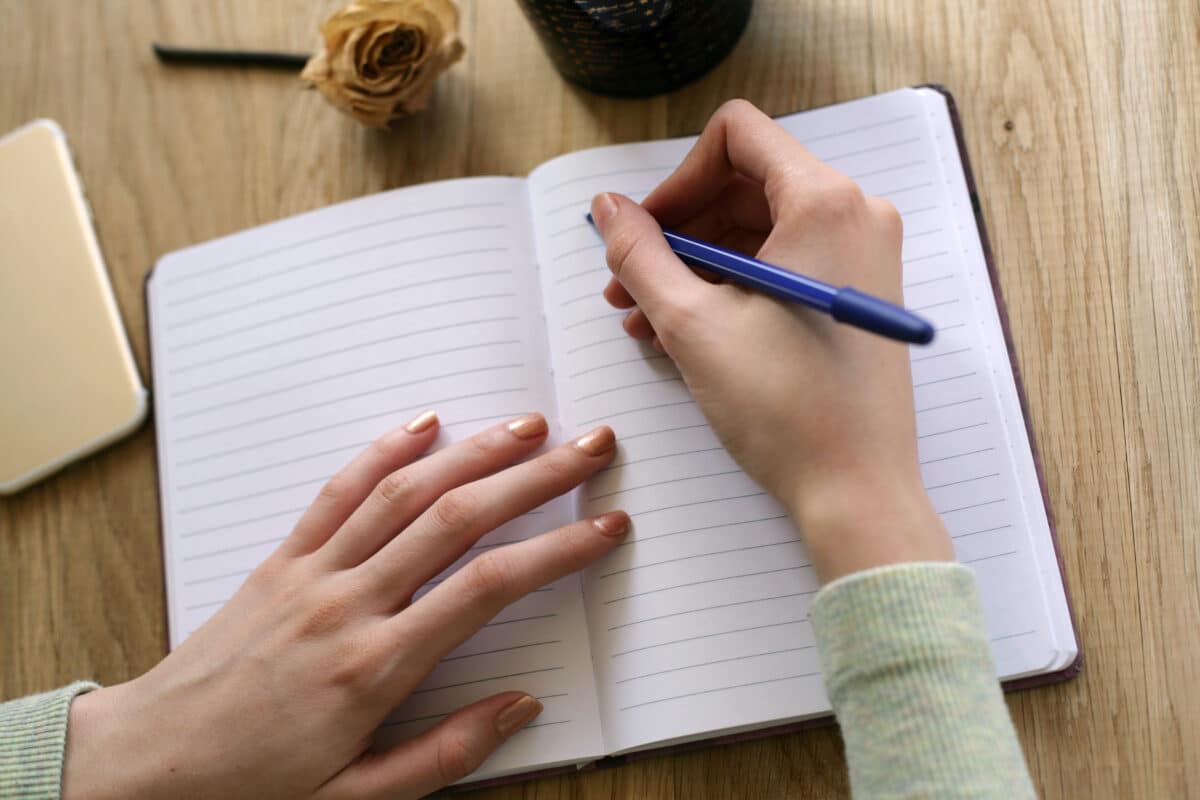
If you’re comfortable with the terms meter and rhyme, feel free to skip down to the next section.
These terms will be necessary for our discussion, though, so we’ll briefly go over them for those who are new to poetry.
Rhyme is the easy one.
It simply describes two words that share the same ending sound, such as friend and blend.
If two lines of a poem end in the same sound, then those lines are said to share an end rhyme.
If two words in a single line of a poem rhyme, then that is an internal rhyme.
When the end rhymes occur in a certain pattern, we say that the poem has a rhyme scheme.
This is displayed with letters.
Each letter in the sequence corresponds to the end sound of that line.
If the end sound of that line has already occurred, then the letter is repeated.
Below is an example:
A| I try so hard to know
A| just where I’m meant to go
B| but as the days pass by
B| I oft lose the will to try.
The above poem has a rhyme scheme of AABB.
The first end sound (A) repeats on the second line, so the third line is only the second end sound (B) which is also repeated.
If we were to repeat this rhyme scheme across three stanzas, then we would write it as AABB AABB AABB.
The spaces in the notation stand in for the line breaks of the actual poem.
Here is a more complex example:
A| Even as time passes by
A| and I look up into the sky
B| where the days fall fast
C| they seem so brash and bold.
B| I try to make them last
C| whether hot or warm or cold
D| each one fresh and special.
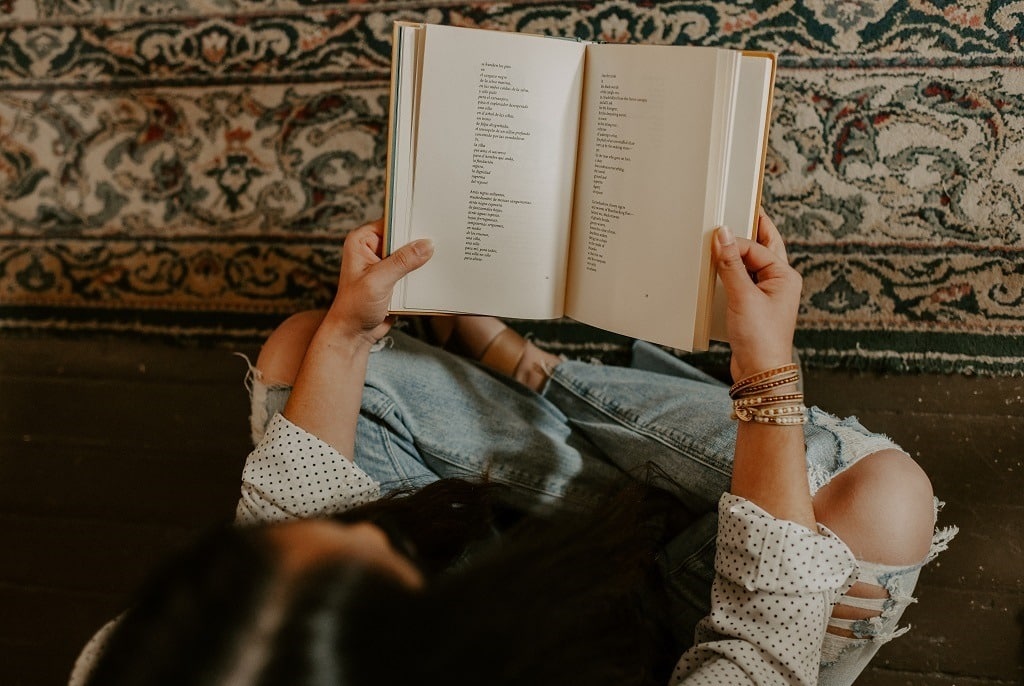
Each new end sound creates a new letter and sounds that have been used before are always signified with the original letter for that end sound, even across stanzas.
The final line doesn’t rhyme with any others but is still assigned a letter of its own to mark out its unique end sound.
This leaves us with AABC BCD.
Meter is a bit trickier to describe.
In English, meter is the practice of matching stressed and unstressed syllables into specific units that are repeated across a line.
These specific units are called feet and there are various types, depending on the pattern.
Stress describes where you put emphasis on a word when you say it out loud.
When you say the word ‘instead’ you’re more likely to emphasize the second syllable.
This means that the second syllable is stressed.
Stress is the difference between saying inSTEAD and INstead, to put it simply.
Since stressed and unstressed syllables are mainly determined by comparing them to each other, it can be a bit subjective.
This is especially true when using multiple words, but it’s usually possible to discern where the stressed and unstressed syllables rest in a line by simply saying the words out loud, slowly, and paying attention to how you vocalize them.
The most common foot in English poetry is the Iamb.
This is a single unstressed syllable followed by a single stressed syllable.
Our example word from earlier (instead) is also an Iamb.
Poems written entirely with Iambs are said to be Iambic, but there are many other types of feet.
For the sake of brevity, we won’t be going over every one of them here.
The number of units helps to determine the term used to describe the meter.
A line with three metrical feet is written in trimeter, four is tetrameter, five is pentameter, etc.
Note that this refers to the number of feet, not the number of syllables.
While it’s true that a line of Iambic pentameter is always ten syllables, this is not because pentameter means ‘ten syllables.’
It’s because a single iambic foot is two syllables, so five feet just happens to be ten syllables.
This is an important distinction since there are feet with a different number of syllables.
An Anapestic foot has three, so an Anapestic pentameter would have a total of fifteen syllables per line.
Depending on your preferred definition, some unmetered and unrhymed poems may count as formal poems despite having neither meter nor rhyme scheme.
They are prevalent in almost all English forms, though.
Examples of Formal Poetry

Sonnet 27 by William Shakespeare
Weary with toil, I haste me to my bed,
The dear repose for limbs with travel tired;
But then begins a journey in my head,
To work my mind, when body’s work’s expired:
For then my thoughts (from far where I abide)
Intend a zealous pilgrimage to thee,
And keep my drooping eyelids open wide,
Looking on darkness which the blind do see:
Save that my soul’s imaginary sight
Presents thy shadow to my sightless view,
Which, like a jewel hung in ghastly night,
Makes black night beauteous and her old face new.
Lo, thus, by day my limbs, by night my mind,
For thee, and for myself, no quiet find.
Many consider William Shakespeare to be the master of the English sonnet, one of the most prolific types of formal poetry in the last millennium.
Above we see a typical example of his work.
Pay close attention to the stresses and the end sounds.
The rhyme scheme of this poem is ABAB CDCD EFEF GG and the meter is Iambic pentameter.
Interestingly, there are actually two types of sonnets, the Shakespearean (or English sonnet) and the Petrarchan (or Italian sonnet).
Both are usually written in Iambic pentameter and they differ only in the rhyme scheme.
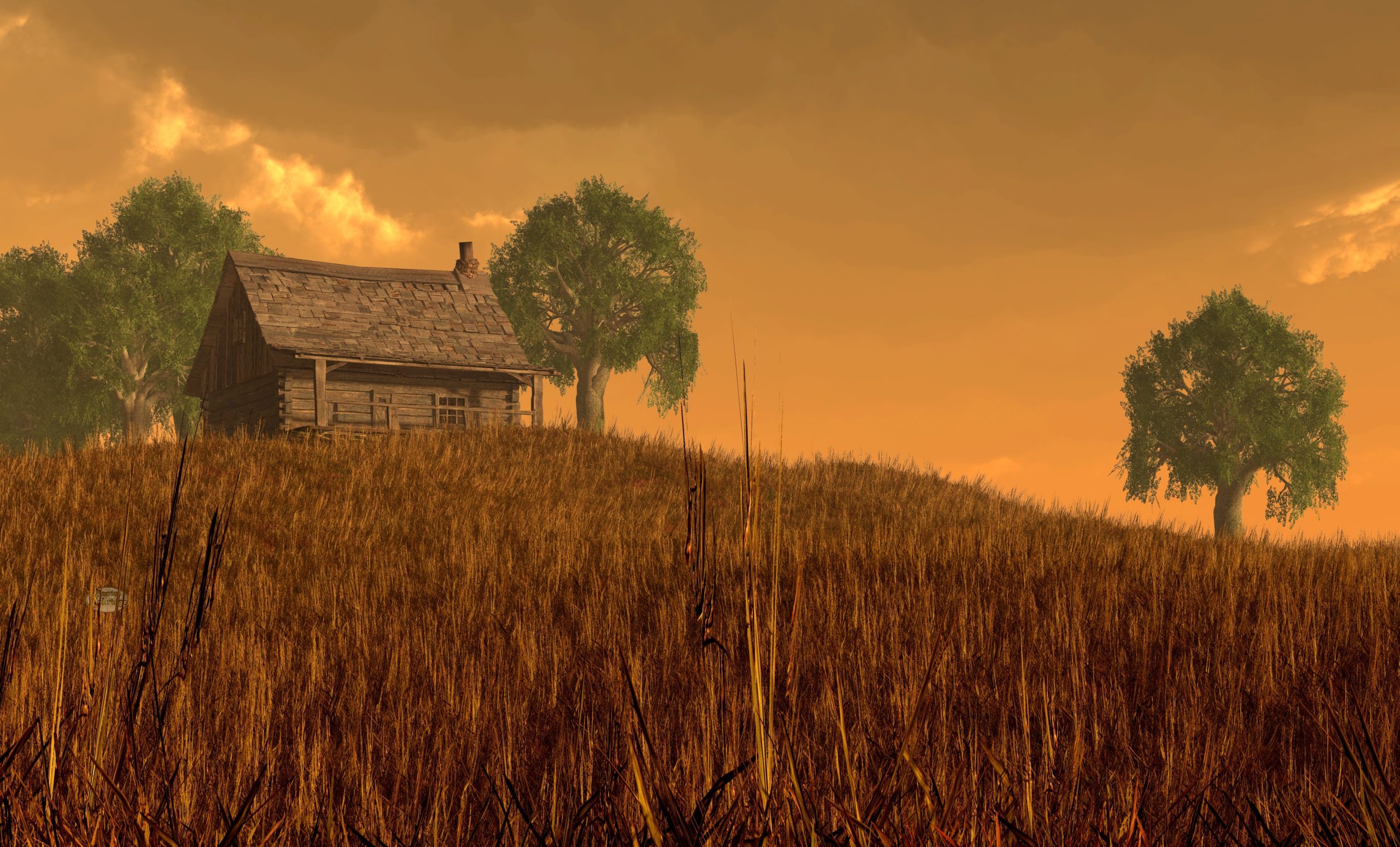
The Home on the Hill by Edward Arlington Robinson
They are all gone away,
The house is shut and still,
There is nothing more to say
Through broken walls and gray,
The wind blows bleak and shrill,
They are all gone away
Nor is there one today,
To speak them good or ill
There is nothing more to say
Why is it then we stray
Around the sunken sill?
They are all gone away
And our poor fancy play
For them is wasted skill,
There is nothing more to say
There is ruin and decay
In the House on the Hill:
They are all gone away,
There is nothing more to say.
Above we see an excellent example of a villanelle, one of the most infamously difficult forms of poetry.
Villanelles uniquely demand not only meter and rhyme, but also the use of refrains (repeating lines) at the ends of the stanzas.
Even the rhyme scheme itself is incredibly demanding, using just two end sounds.
You’ll see many poets utilize ‘easy’ end sounds in villanelles but that’s fully justifiable since meeting the demands of the form is a truly daunting task.
There are many more types than simply sonnets and villanelles, of course, such as the Chant Royal, the ballade, and the oddly named common meter.
But going into detail on every form that could potentially fit under the term would be well beyond the scope of a single article.
History of Formal Poetry

The exact beginnings of formal poetry may be forever lost to time.
Poetry itself dates back to at least the 3rd millennium BCE and many historians believe that it probably predates even written language, as oral poetry was a popular pastime of our ancient ancestors.
It’s believed that the Epic of Gilgamesh, one of the oldest surviving poems in our history, most likely featured meter and rhyme in its original form.
Keep in mind that this was around 5000 years ago, so it’s safe to say that those conventions have quite a storied history.
It’s believed that meter and rhyme were a side effect of poetry’s original cultures, in which sharing poetry orally was the norm.
In order to make poems easier to remember and pass down, as well as more entertaining when spoken aloud, poets applied phonetic techniques, repetitions, and structures that still persist in poetry to this day.
Meter and rhyme continued to be persistent throughout human history.
Ancient Greece maintained the tradition of the oral poem, which would later be imitated by the Romans.
Western culture has largely sprung up from the remains of the Roman empire, so it should come as no surprise that metrical and rhymed verse continued to be upheld as the natural high point of art for a large chunk of human history.
Shakespeare, in particular, was so popular that an entire era of poetry could be said to have sprung up from his works.
Since Shakespeare primarily wrote formal poems, and especially sonnets, this created a precedent that would stick in the minds of poets for generations as they aspired to be ‘the next Shakespeare.’
In the modern era, free verse has become far more popular than it was in eras past, but formal poetry is not necessarily on the decline.
Techniques such as meter and rhyme schemes are still taught in classrooms around the world to this day, and that doesn’t look to be changing in the near future.
It should be noted that each language and culture has its own methods for making poems rhythmic.
The stressed and unstressed syllables that we describe in English don’t perfectly parallel the techniques used in other languages, but the general notion of poems as a structured art form has been a pervasive influence on all poetry in all regions.
Tips for Writing Formal Poetry

First and foremost, try to determine how the form you’re going to write in can be a help instead of a hindrance.
Villanelles, with their persistent repetition, are perfect for topics that deal with an obsession of some kind.
The very structure of a villanelle implies the existence of a speaker who’s going in circles and coming back to the same thoughts over and over.
Look at famous well-loved poems of the form you’re planning on writing in.
What topics do they usually cover?
Is there a reason those topics might suit the form especially well?
Analyze the poems for tricks that are being used.
If the poet is ending lines mid-sentence, there’s probably some logic behind it.
Make sure you fully understand the elements of the form you’ll be writing in.
A sonnet is always 14 lines.
Does the topic you want to write about safely fit within 14 lines?
A sonnet might not suit something like a multi-scene narrative poem.
Try to end lines on words that are easy to rhyme with, within reason.
Branch out to more difficult words as you gain experience, but don’t ever be afraid to use simple words like ‘sky’ and ‘cat’ that have plenty of options for rhymes.
Try breaking the form down into its parts and practicing each one independently.

You might write a poem that uses the same rhyme scheme first but nothing else, then one that uses the meter but isn’t rhymed, then graduate to a poem that combines both the rhyme scheme and meter you’re going for.
Remember that poetry is a learnable skill, not a talent.
No one is born with an intimate knowledge of the Shakespearean structure and Greek history.
Poetry is something that takes time, study, and practice.
Get feedback on your writing every step of the way, preferably from other poets and poetry lovers, and accept constructive criticism gracefully.
Formal poetry, in particular, takes more time to master than free verse poetry, which has no such rules to adhere to.
It is important to recognize the place that formal poetry has in your toolkit and in mankind’s history though, and it is advisable for every writer to at least dabble in formal poems.
The skills you learn there will carry over to your other writing, including free verse, leaving you more equipped to connect with your readers through your craftsmanship.
Poet’s Note
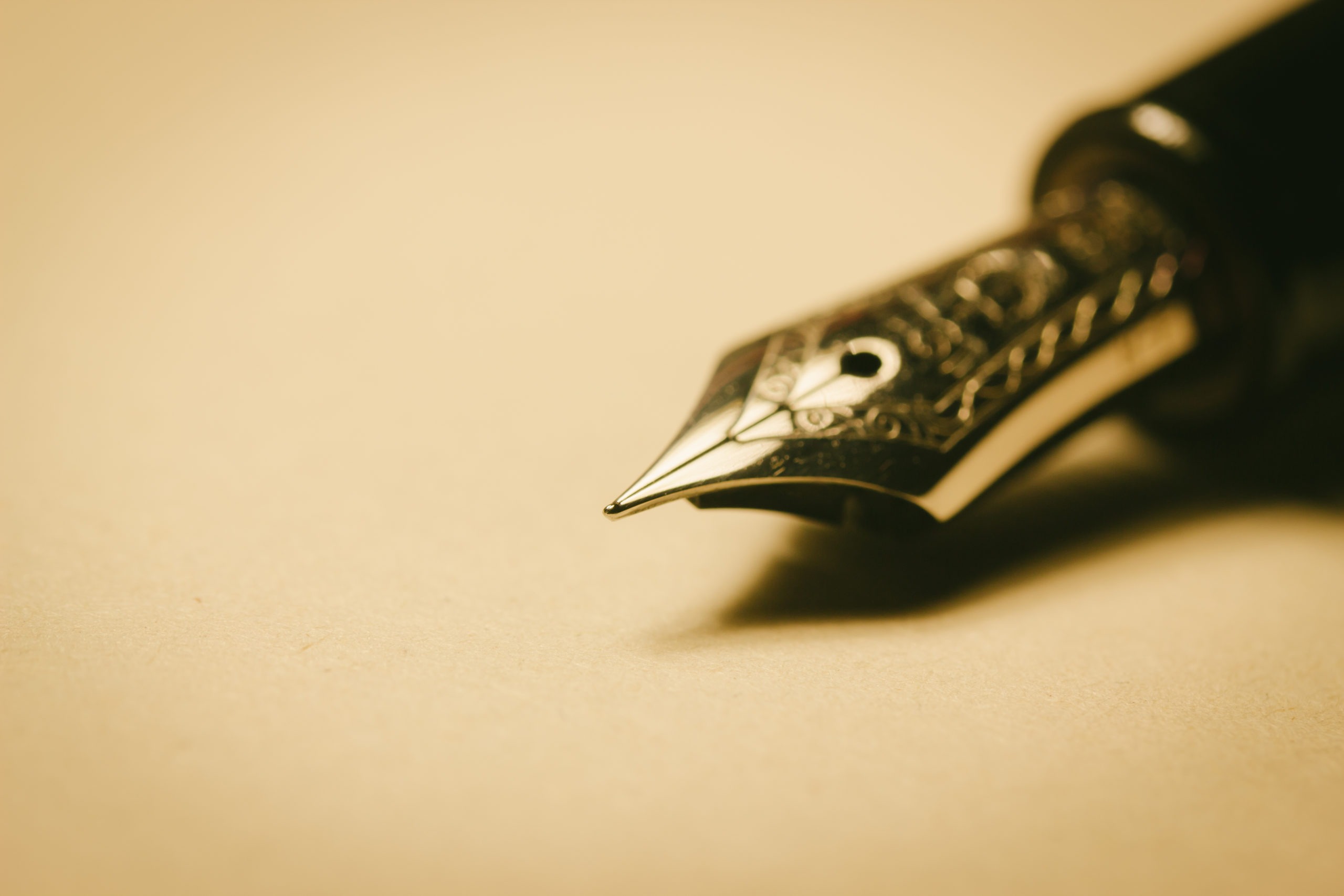
We call it formal poetry, but it’s not like we recite it at fancy dinner parties nowadays.
I guess you could if you wanted to.
But then you’d just be the weirdo by the punch bowl who won’t shut up.
Comprehensive Collection of Poetry Forms: Craft Words Into Art
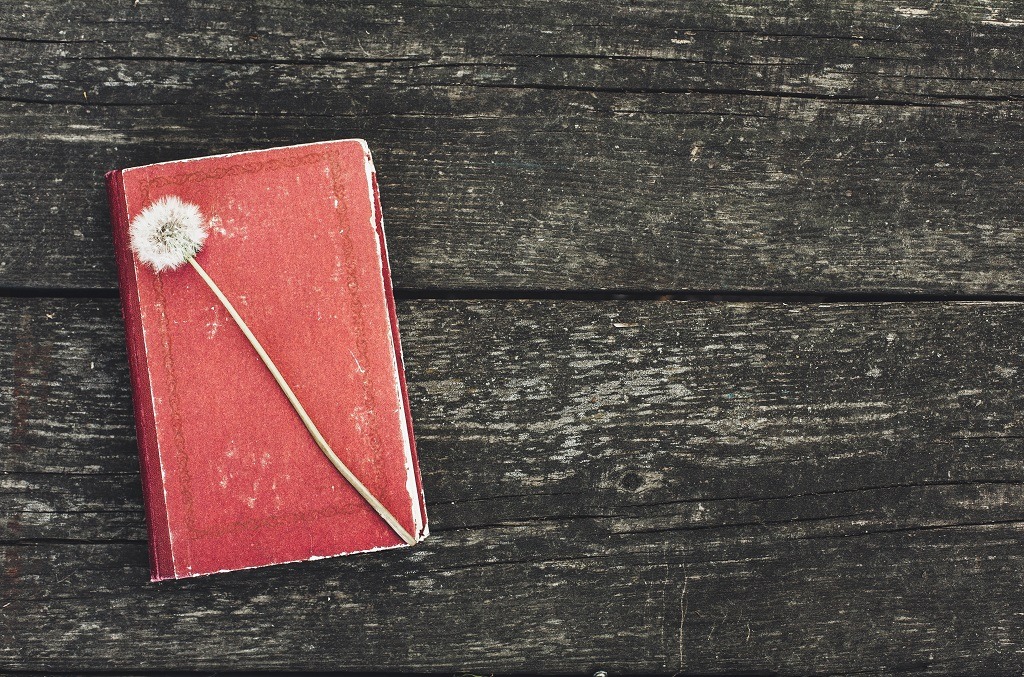
Dare to traverse the entire spectrum of poetic forms, from the commonplace to the extraordinary?
Venture from the quintessential Sonnet to the elusive Mistress Bradstreet stanza, right through to the daunting complexity of Cro Cumaisc Etir Casbairdni Ocus Lethrannaigecht.
For those with a zeal to encounter the full breadth of poetry’s forms, this invitation is yours.
Start exploring the vast universe of poetic ingenuity with our comprehensive array of poetry forms right now!
- Schuttelreim Poetry Form: Be a Master in Rhymes
- Diminishing Verse Poetry Form: Spark Fun Verses
- Chant Poetry Form: Harness Your Inner Strength
- Occasional Poetry Form: Honor Life’s Milestones
- Rhymed Poetry Form: Master the Art of Harmony
- Metered Poetry Form: Paint Words With Precision
- Lyric Poetry Form: Sing Your Story
